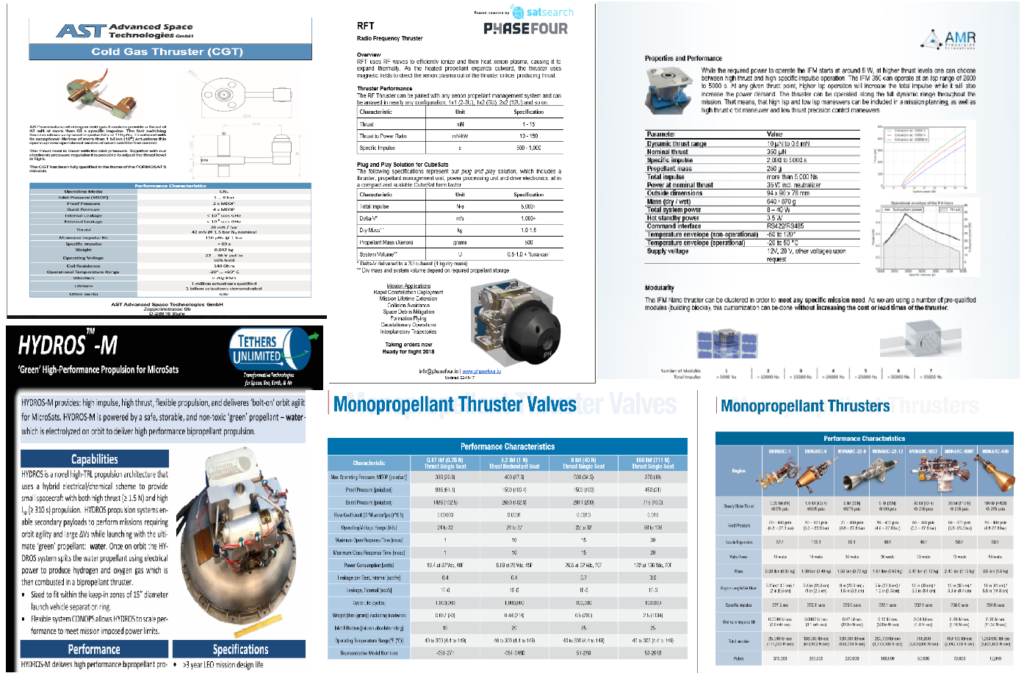Working in the space industry can be one of the most exciting things one could do in his or her life. Advancing future space exploration technologies and enabling humans to set foot on other planets are enriching and inspiring ways to contribute to society. ESA’s Rosetta mission is a prime example of how dedicated engineering effort can lead to ground-breaking results, like landing on a comet for the first time.
But space can be hard too, and challenging at times. If the goal is worthwhile and the vision compelling enough, one can work diligently and bear with obstacles and difficulties. And this is the way it has been done for decades, identifying the professionals in the field as “rocket scientists”. However, the moment tediousness and frustration originate from inner flaws in the system and the way engineering is conducted, the meaningful thing to do is to remove the cause, for avoidable struggling is masochistic rather than admirable.
Get free procurement support from satsearch
Do you need help finding the right products and services for your space mission or service?
We offer fast, friendly, and free procurement assistance for the entire global market.
Simply let us know your requirements, whatever stage your project is at, and we will contact suppliers from across the global industry on your behalf.
Let me introduce myself: my name is Edoardo and I am a 2nd year student in Aerospace Engineering at Delft University of Technology, in the Netherlands. And I experience daily the struggles of attempting to design complex systems.
Let me clarify a bit. A satellite is a system of systems, which can be broken down into simpler models of subsystems, where each interacts and influences each other. Typically, subsystems, even though there are deep interactions and relations among them, are analysed separately, and an interdisciplinary system solution is laborious.
Say your team of engineers has been assigned the task of performing a preliminary design of the propulsion system of a spacecraft. After stating requirements and objectives, you need data about commercially available thrusters to check the feasibility of your design concepts. That is when the party starts.
You go to Google, beginning an endless search, looking for websites of different thrusters’ companies and providers. Ok, you find a few, say half a dozen, to keep your design options open. It is now time to look for a summary of the characteristics of the thrusters offered by such companies; something like a datasheet, providing a clear overview of the performance parameters of the components you are after. And this is harder than you expect. Navigating through the websites of these companies, hopelessly looking for that one PDF file, after which you are expected to start the actual design process, takes you a few hours if you are lucky.

Now you’ve found six datasheets, stating the dimensions and main features of different thrusters. You are ready to compare them, to check the compliance of the commercially available options with your requirements, perform a feasibility assessment, and advance the design process, which already took you too much time with minimal resources available for core design and engineering.
The disappointment is almost overwhelming. Two companies do not state the weight of the thrusters, one says ‘lightweight’, and the other three do report the values: in kilograms, pounds, and grams, respectively. After converting to the same units and performing some kind of educated guess/estimate of the missing values, you get your first biased comparison of the mass of the thrusters.
Time to check the dimensions. What the six datasheets offer is: a drawing of the model, a table, a graph, and units in meters, yards, and feet, respectively. After extrapolating the useful data, discerning the dimensions from the renderings of the models and converting the units, you are left with your probably flawed second comparison.
Engineers working on the design of highly complex space systems are left facing endless hours hunting for the right specifications. The core problem is the lack of conformity in how the data are reported by different suppliers of space systems, subsystems, and components. The engineer is lost in a sea of data, due to the absence of a set of standards and coherence, resulting in the loss of significant man-hours: time he or she ought to spend on solving core design and engineering challenges.
My role at satsearch is to explore the possibility of developing a better way to approach the design of complex systems, by unifying the underlying supply chain data. During the course of the coming year, I will be sharing insights into the tools we are developing to help tackle this fundamental challenge in the space industry. Only by addressing the core challenge of unifying the global supply chain, will we be able to achieve our ambitions in space over the coming decade.
It’s time to fix this and let engineers focus on the excitement of pushing the boundaries of the cosmos.
